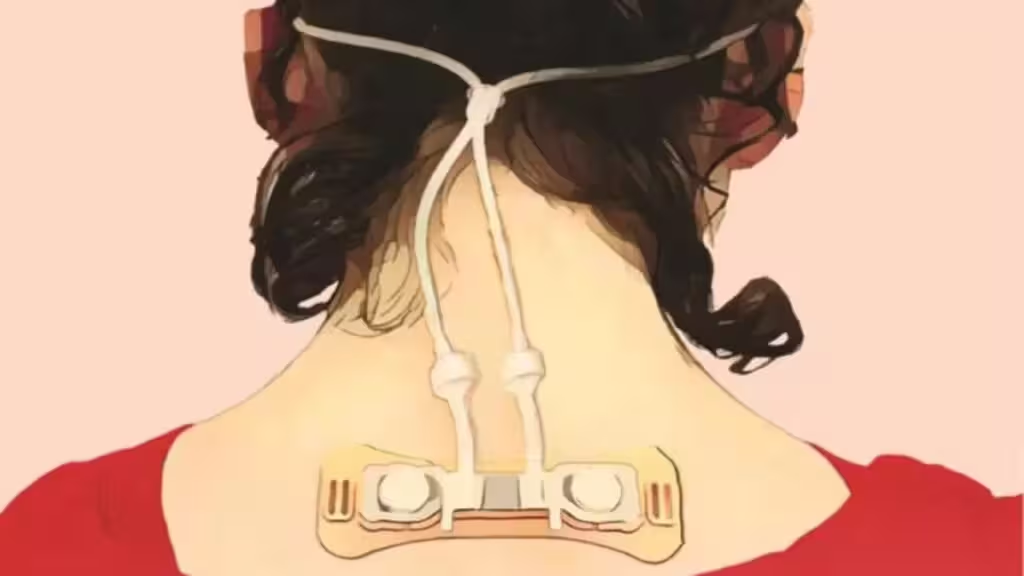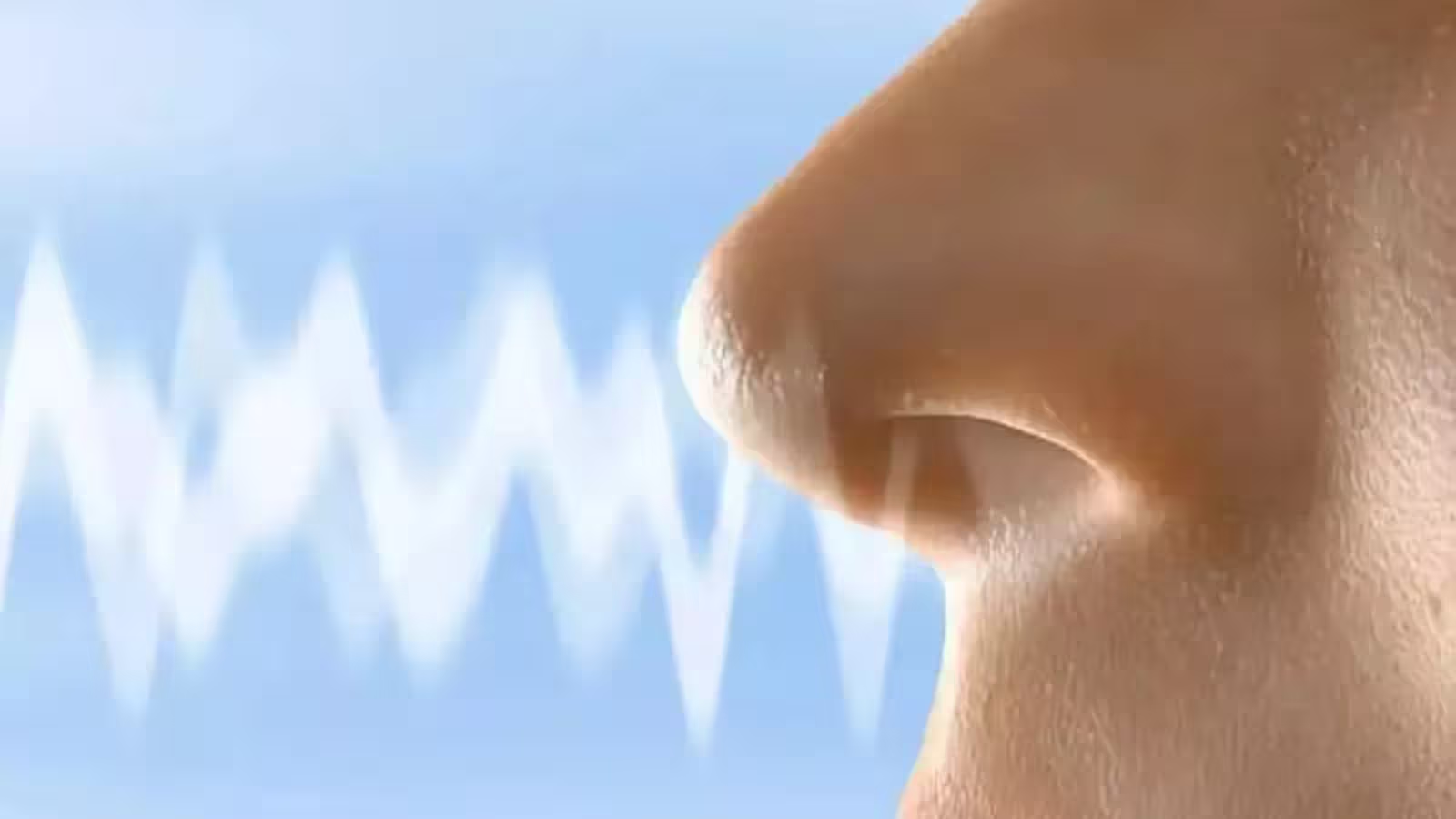3 Minutes
Recent scientific findings suggest that the way we breathe holds far more information than previously imagined. In a groundbreaking study, researchers have demonstrated that individual breathing patterns are so unique they can be used for biometric identification, much like fingerprints. By continuously recording participants’ respiratory patterns over a 24-hour period, the research team was able to identify individuals with an accuracy rate nearing 96.8%. This discovery highlights breathing as a distinctive physiological signature that could revolutionize personal identification methods and set the stage for new diagnostic tools in health and behavioral sciences.
The Science Behind Individualized Breathing Patterns
How Brain and Breath Connect
The research draws inspiration from mammalian olfaction, where inhalation not only brings in scents but also triggers specialized neural activity in the brain. Since each human brain is inherently unique, scientists hypothesized that breathing patterns, intricately linked to neural processing, may also be individually distinct. Through advanced analysis of air flow passing through the nose, researchers confirmed that respiratory rhythms of each participant were remarkably distinctive across different states—including rest, movement, and sleep.

Wearable Technology at the Heart of Discovery
To conduct these detailed observations, the team developed a lightweight wearable device designed to noninvasively monitor the airflow under the nostrils. The device continuously tracks the nuances of nasal breathing—registering subtle changes influenced by physical activity, emotional state, and physiological conditions. One lead researcher commented, “This approach offers a completely novel window into the observation of breathing, essentially serving as a reflection of ongoing brain activity.”
Health and Behavioral Insights From Respiratory Data
Beyond personal identification, the breathing patterns captured by this technology also reveal markers of overall health and emotional well-being. Data from the study suggest that factors like body mass index (BMI), circadian sleep-wake cycles, depression, anxiety levels, and individual behavioral traits can be inferred from respiratory analysis. Notably, participants who self-reported anxiety demonstrated shorter, more varied inhalations during sleep, underscoring the potential of this technology for mood and mental health monitoring.
Moreover, the researchers found that as little as one hour of breathing data provided enough information for a preliminary identification of individuals, but after 24 hours, each participant’s breathing profile became sharply distinguishable.

Challenges and the Future of Respiratory Monitoring Technology
While the prototype device offers unprecedented insights, it currently faces practical limitations. The wearable employs nasal tubes, which can remind users of medical equipment, making long-term or everyday use less comfortable. It also does not record mouth breathing and may shift position during sleep. Researchers are actively working on developing a more compact and user-friendly version that can deliver seamless respiratory monitoring in real-world settings. Such innovations could pave the way for wide-scale adoption in medical diagnostics, digital health tracking, and even advanced biometric security systems.
Conclusion
This pioneering study positions breathing patterns as a rich and untapped source of personalized data, revealing not only identity but also emotional states and health conditions. As wearable sensor technologies evolve, harnessing the subtle signatures hidden in our breath could transform everything from security protocols to mental health diagnostics, opening new frontiers in both scientific research and everyday applications.
Source: interestingengineering



Comments